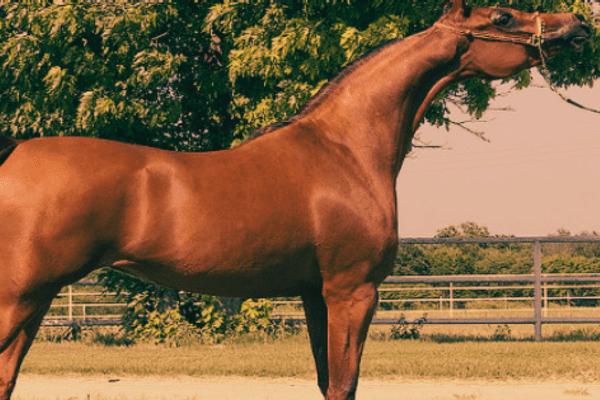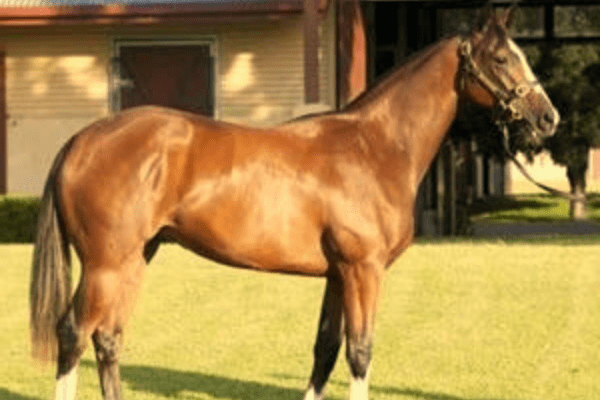The Messara Horse, a distinguished equine breed native to Greece, stands as a testament to Europe’s rich equestrian legacy as the continent’s oldest known horse breed. These horses are celebrated for their unique gait, which ensures a remarkably smooth and comfortable ride.
Presently, this ancient breed faces a critical threat of extinction, highlighting the imperative for dedicated preservation efforts. The Messara Horse, with its distinctive attributes and historical significance, represents an invaluable part of our zoological and cultural heritage.
History:
Hailing from Crete’s rugged landscapes, the Messara Horse breed can be traced back over a millennia. Archaeological finds including an early Pre-Minoan horse skeleton provide further proof that this claim.
Messara Horses first emerged in Crete’s Messara Valley through a strategic breeding program combining local mares and Arab stallions introduced during Ottoman occupation of Crete during 17th century, leading to their unique appearance today. Arab bloodlines contributed greatly to endurance and agility among this distinctive breed.
Historical theories also posit an association between the Messara Horse and Russia’s ancient Tarpan breed, supported by archaeological artifacts like coins and paintings from Crete showing these horses during Minoan civilization.
During World War II, Messara Horses faced significant hardship due to being transported and relocated to Albania, leading to significant reduction in their numbers; only a handful survived and eventually settled back in Peloponnese region of Greece.
After flourishing at around 6,000 in the 1920s, their numbers drastically diminished to only approximately 80 by early 1990s. While traditionally used for transportation and agricultural work, this breed’s robust nature also made its stallions valuable candidates for crossbreeding purposes.
Recognizing its precarious state, Crete launched a conservation program and created its first stud book for Messara Horses in 1994, marking a critical step in protecting and documenting this ancient breed’s genetic lineage. Over time, there has been renewed interest in these ancient horses across Crete due to their cultural and historical importance and collective efforts made towards safeguarding their future.
Characteristics:
The Messara Horse from Crete, Greece is an exquisite specimen with an array of stunning coat colors including bay, rich brown, sleek black, and elegant gray. Standing an average height of 12.2 to 14 hands (about 50 to 56 inches or 127 to 142 cm), these horses combine robustness with compact elegance.
One remarkable aspect of their Arabian ancestry pacing gait ensures a smooth, effortlessly comfortable ride; additionally it exemplifies balance among agility, strength and endurance which has made them an invaluable cherished breed in its native land.
Current Status and Conservation Initiatives.
Endangered Breed: Unfortunately, today the Messara horse breed is considered endangered, with only several hundred individuals remaining due to modernization and loss of traditional farming practices.
Conservation Initiatives:
Initiatives are underway to preserve this breed, such as breeding programs and awareness campaigns. The purpose is to maintain genetic diversity while upholding and celebrating its historical importance.
Tourism and Education: On Crete, eco-tourism and educational programs centered around Messara horses have gained popularity as sustainable ways of supporting this breed and informing the public of its significance.

Messara Horse: Modern Version
Modern Messara horses have found new roles. Therapeutic riding programs often utilize them due to their gentle disposition; additionally, leisure riding enthusiasts and ecological scientists study these versatile creatures for ecological studies focusing on adaptability and resilience.

